Rome is famous for the ancient Roman architecture and history. Romulus and Remus survived their journey on the river and settled in Rome. Julius Caesar walked around at the Forum Romanum. Cicero lost his head and hands at the rostra in Rome. The monumental highlights of historical Rome is a short overview of a few monumental buildings in the Italian capital city. Read about the ancient history of the Roman Empire and medieval times. After reading the article you know which places you should visit when travelling to Rome.
Table of Contents
Roman Forum
The Roman Forum is an ancient marketplace. For centuries the Forum was the centre of daily life for the inhabitants in Rome. The marketplace was not only a commercial area. It was also a place for processions, elections, public speeches, criminal trials and gladiator fights. Statues and monuments were constructed to honour the city’s nobleman and politicians.
The Forum Romanum is situated between the Palatine and Capitoline Hills. Cemeteries from the Iron Age were found during excavations at the Forum Romanum. The cemeteries date back tot the 11th century until the 9th century BC. Early temples and ritual spaces were constructed: the Regia and the Temple of Vesta. Over the centuries shops opened in the Forum and the architecture became more imposing. They used architecture as a ceremonial function. The first basilica appeared around 180 BC. The Basilica Aemilia was used for public gatherings but especially as civil basilica. The building was twice destroyed by a fire and rebuild.
The rostra was a large platform within the Forum. Speakers on the rostra were facing to the north side towards the senate houses. The rostra was also known as the tribunal. Heads of the enemies were pinned on peaks. The head and hands of Cicero were publicly displayed at the rostra.
During the Italian renaissance the materials from Forum Romanum were used as building materials for other structures in the city. Pope Paul III used materials from the Forum to build the new Saint Peter’s Basilica.

Colosseum
A fire broke out in the palace of Emperor Nero in 64 BC. The fire destroyed half the city and the public blamed Emperor Nero. He blamed the first Christians that settled in Rome. He executed them in Nero’s circus on Vatican Hill. Emperor Nero used the devastated area for his own use. He created an artificial lake surrounded by pavilions and gardens. Nero successor Vespasian decided to build the Colosseum on the same spot as the lake. Emperor Vespasian strategically used this area as a gesture to give the area back to the public.
In 70 BC they started building a stone amphitheatre, the Colosseum. It is situated east of the Roman Forum and became a violent and murderess place in Roman history. In the arena gladiators, slaves, prisoners, Christians and convicts were forced to fight or were publicly executed.
Everyone was welcome in Rome. As long as they worshipped the emperor of Rome as a god. Christians refused to do so. The Roman government periodically send the Christians to the Colosseum to fights with lions. The Romans were tolerant towards other religions such as the Mithras from Persia and Isis from Egypt. As long as they worshipped the emperor of Rome they were welcome to live in Rome.
The Colosseum could hold 50.000 visitors. The exterior is decorated with Greek columns (Doric, Ionic and Corinthian) and many sculptures. The horrible Roman amusement in the Colosseum ended in the 6th century. In later centuries the structure is damaged by earthquakes. The stone was used as building material for Christian churches and noble houses. In the 20th century the damage got worse because of acid rains and the vibrations of traffic. In 1992 the city began a major renovation. Today, the Colosseum is listed as UNESCO World Heritage Site.

Palazzo del Quirinale
In northern Europe the Christians turned against the Church of Rome. The reformation started in Europe. Emperor Karel V of the German Empire arrived in Rome in 1527. He plundered and destroyed Rome and horses were put in the Sistine Chapel. The Popes started over. At Quirinal they built a new residence. They also started constructing aqueducts to supply water for the city. Pope Sixtus V turned medieval Rome into a modern city. Long straight streets connected important pilgrim churches. He and architect Domenico Fontana constructed obelisks. They were used as orientation points in the city.
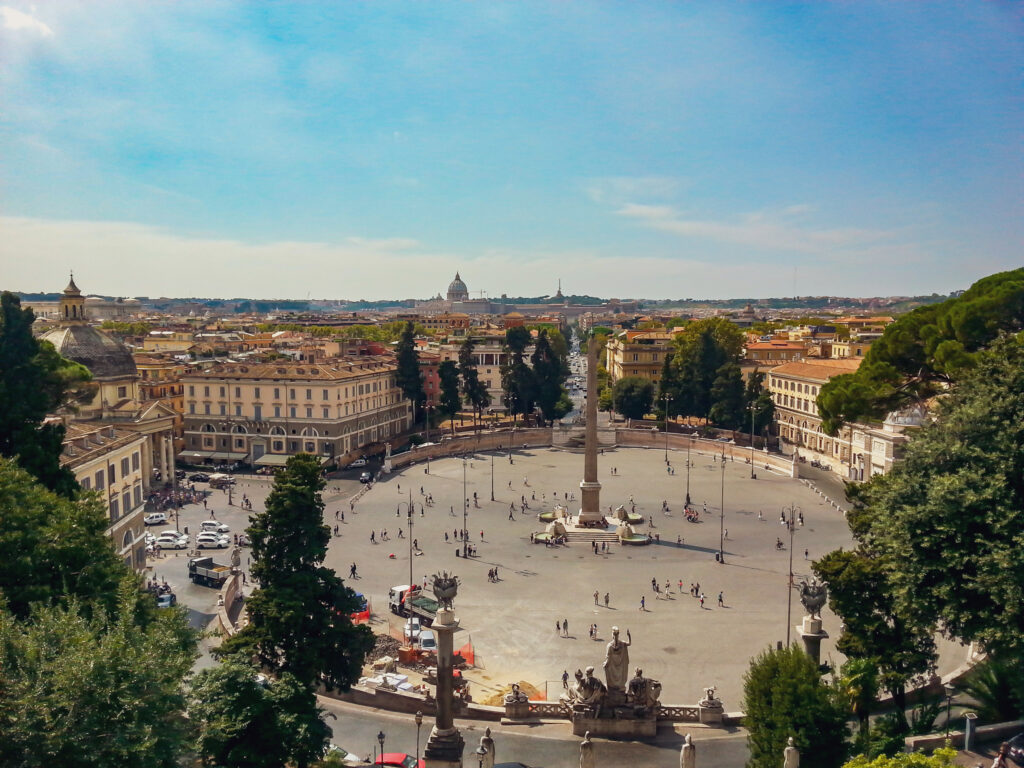
Palace del Quirinale
The Quirinal was the highest of the seven hills. The Popes choose this area as summer residence with gardens and vineyards. In 1573 they started building the summer palace but the construction was not finished until 1735. Several architects designed the palace, such as Fontana, Maderno and Bernini. In 1870 Italy became one nation and the King went to live in the palace. It became a presidential palace in 1946.
Trevi Fountain
The Trevi Fountain is a world famous fountain and is the largest baroque fountain in the city. The Trevi Fountain served as end point of the Aqua Virgo. It was one of the twelve aqueducts of ancient Rome. The aqueduct was constructed by Marcus Agrippa in 19BC. The Trevi fountain became famous through the movie La Dolce Vita (1960). The Swedish actress Anita Ekberg took a midnight bath in the fountain.
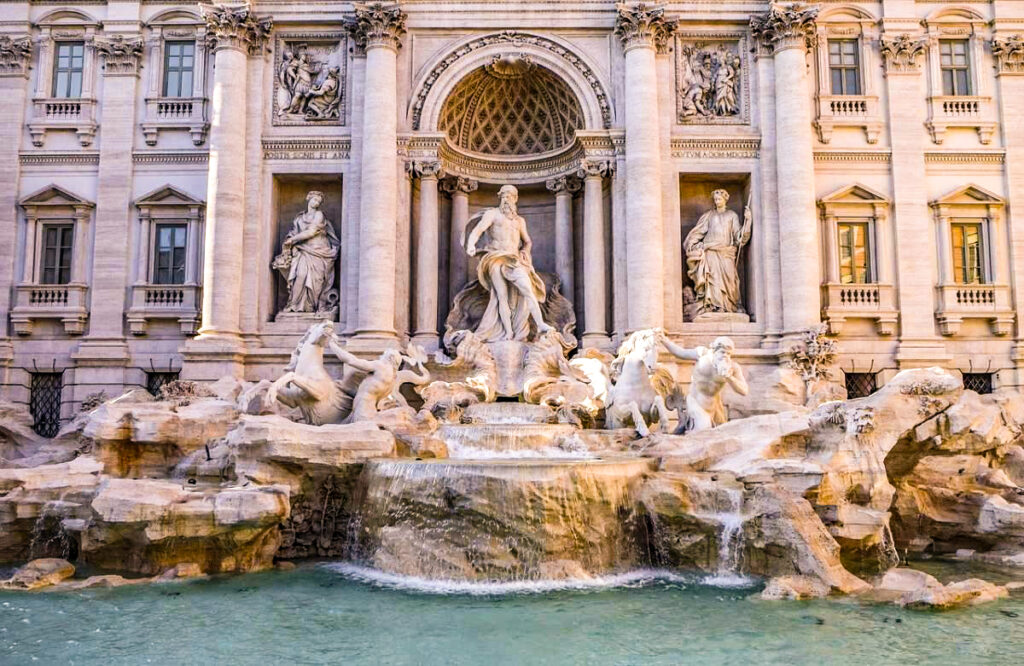
Pantheon
The Pantheon is built in 27 BC by Marcus Agrippa. He was the son in law of Emperor Augustus. The Pantheon we know today was rebuild in the 2nd century. Since ancient times it’s uncertain where the name Pantheon came from. The Pantheon became a Christian church in the 7th century. The Pantheon is a well preserved example of the ancient roman architecture. Much is still as it was then, the marble design, the columns, the floor with the classic floor drains and the bronze doors.
Much has disappeared as well. The most famous plunder is when they take the bronze ceilings beams from the roof of the hall. Paul Urbanus VIII was a member of the Barberini family. This family was responsible for destroying and plundering many buildings in the city. The Pope ordered to make 80 cannons from the bronze they collected. The cannons were made for the Castel Sant’Angelo.
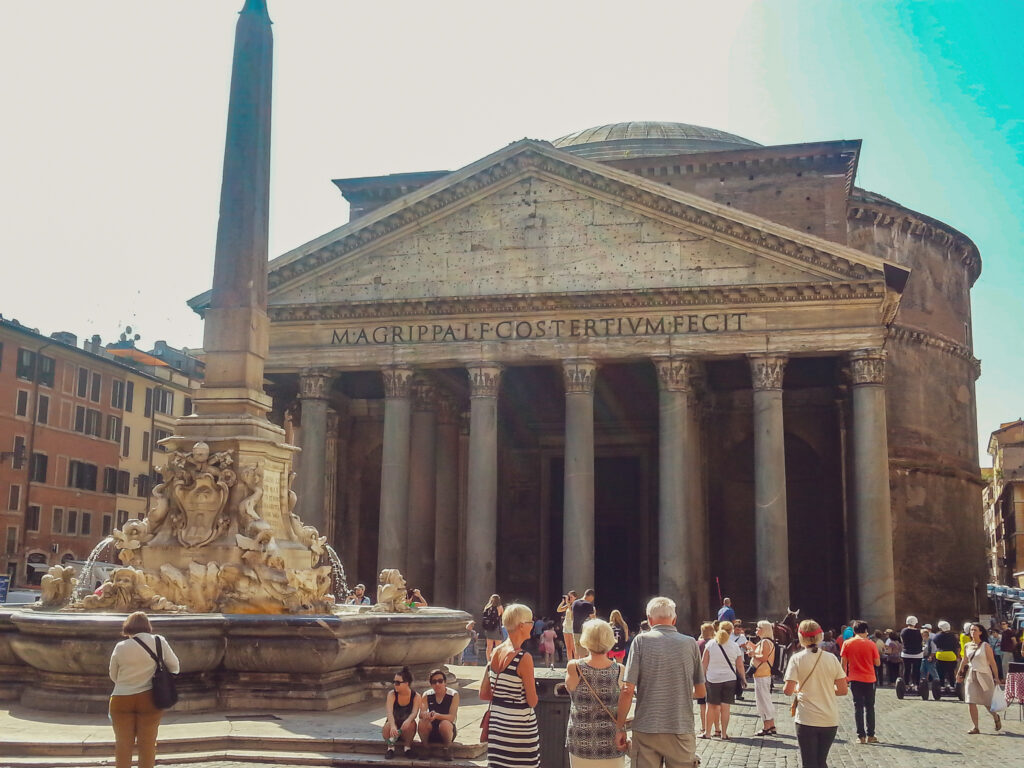
Fontana dei Quattro Fiumi
The baroque fountain is located on Piazza Navona. It used to be the central market place in medieval Rome. There were large open spaces, parks, public baths and theatres in this neighbourhood. The aqueducts were destroyed in the 6th century and people moved to the neighbourhoods around the river Tiber. Platea Agonalis became the new centre later on. At Piazza Navona there used to be a drink fountain for horses. On the same spot Bernini built the Fontana dei Quattro Fiumi, the Fountain of the Four Rivers.
The fountain is a symbol for the four world rivers. Afrika is represented by the Nile with a lion figure and palm. The Nile is wearing a cloth around his head. The positive statement for the cloth around his head is to symbolize the unknown sources of the Nile. Others say the Nile is wearing the cloth so he doesn’t see the Saint Agnese church. This church is built by Borromini, the baroque-style competitor of Bernini. Europe is represented by the Donau with a figure of a horse. The stack of coins represent the wealth of mineral resources in Latin America. The Ganges represents Asia. He is holding a tree trunk and is using it as paddle. It’s a sign that the Ganges is easy to navigate.
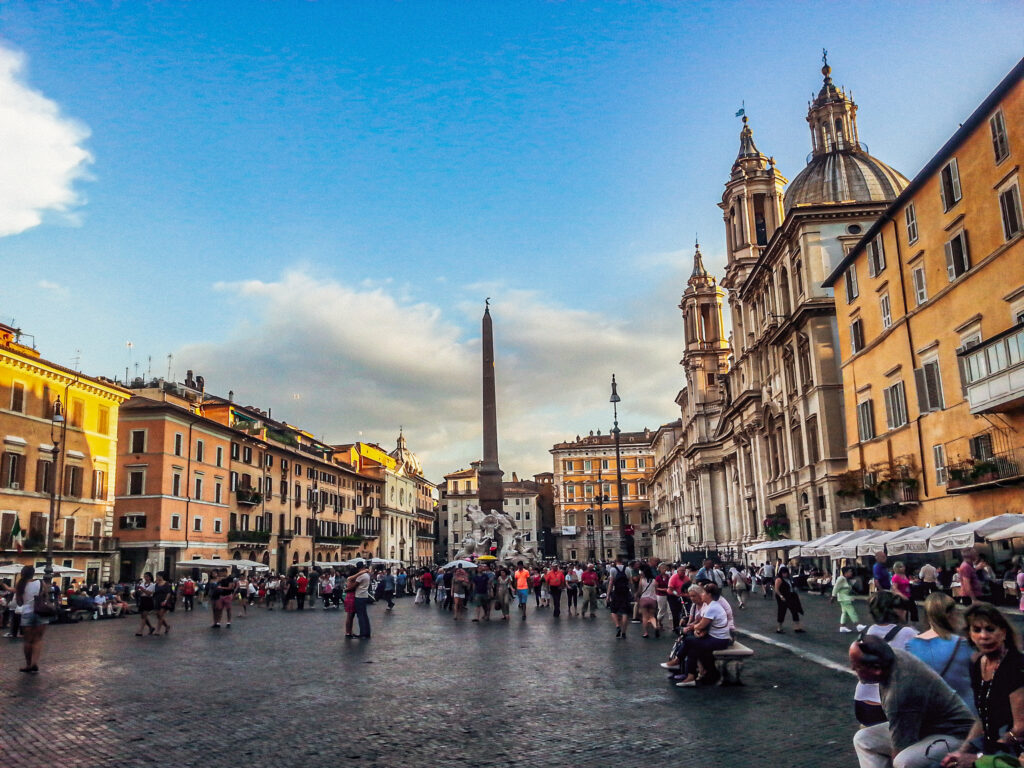
Vatican City
Vatican City is an official independent state within the city of Rome. The hill used to be a racecourse and circus in the 1st century for Emperors Caligula and Nero. Saint Peter was tortured to death around 67. He died upside down on a cross. In the middle of the second century they built a memorial chapel for Saint Peter on the same spot as his grave. Emperor Constantine started to built a basilica in the 4th century. In 326 AD Pope Sylvester inaugurated the Saint Peter Basilica.
Saint-Peter Basilica
Throughout the ages the Saint-Peter Basilica fell into disrepair. The groundwater affected the foundations. It became a good breeding ground for vermin and diseases. The Vatican was a notorious area where soldiers of Tacitus got sick. The area was tormented by the malaria mosquito. The Saint Peter Basilica was not decorated by paintings because of the humidity in the region.
Pope Gregory XI returned to Rome in 1377. He came back to Rome and left the papal residency in Avignon, France. The Vatican became the papal official residence. Pope Nicolas V decided to renovate and expand the complex and the basilica. Pope Julius II placed the foundation stone of the new Saint Peter Basilica in 1506.
Architect Donato Bramante started building the structure. He plundered many antique structures and after his death Rafael was his successor. Michelangelo became the third architect in 1546 and returned to the original plans of Bramante. Michelangelo was an Italian renaissance painter, sculptor and architect. He designed a large dome for the Saint Peter. Out of respect for the classic master-architects he designed a dome that was 1 meter less than the dome of the Pantheon. The Saint Peter Basilica was finished in 1626 and first used by Pope Urban VIII.
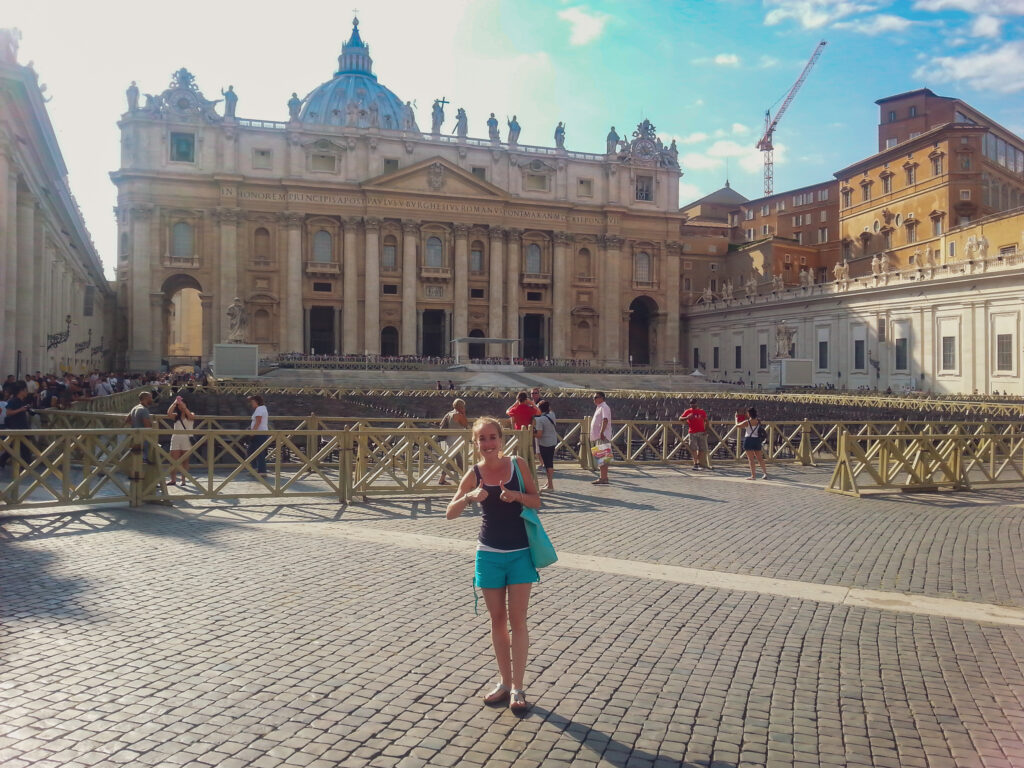
Vatican Museum
The Vatican museum started as a collection of classical archaeological items. The Popes considered themselves the heirs of the Roman history. Most paintings in the museum are from Italian painters, ranging from the 13th until 18th century. A few famous painters are Leonardo da Vinci, Rafael and Caravaggio. In 1508 Pope Julius asked Michelangelo to paint the ceiling of the Sistine Chapel.
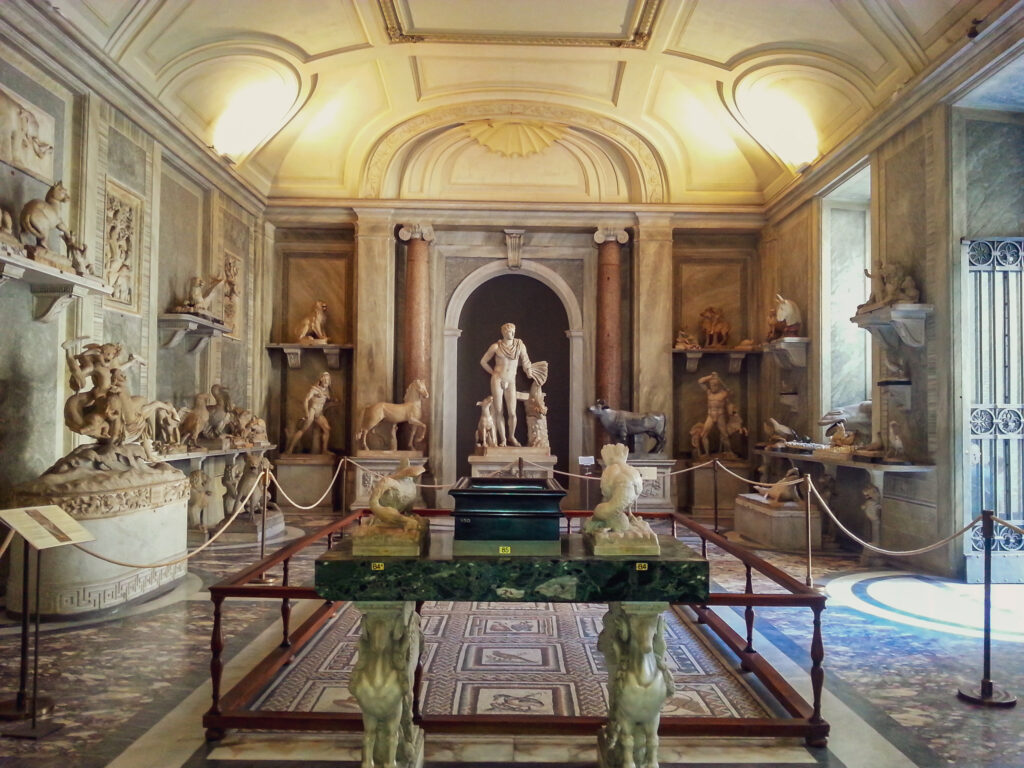
Sistine Chapel
Michelangelo was 33 years old when he started painting the ceiling of the Sistine Chapel. The Pope climbed up the scaffolding a few times to ask Michelangelo when it was finished. At some point Michelangelo got annoyed by the visits of the Pop. He threatened the Holy Father to push him down the scaffolding when he would ask again. Michelangelo told him he wanted to leave Rome. The Pope paid him more and Michelangelo stayed and continued his work. After 20 years Michelangelo finished his painting on the ceiling of the Sistine Chapel, Last Judgement.
Pope Paulus IV didn’t like the naked figures in the painting. He asked Daniele da Volterra to hide the naked parts of the body with loincloths and other drapes. In 1980 the Vatican decided to clean the frescoes. Experts finished their work in 1994. They removed the dirt and grime caused by lighting candles and incense for centuries. The colours are sparkling again as intended by their creator, Michelangelo.
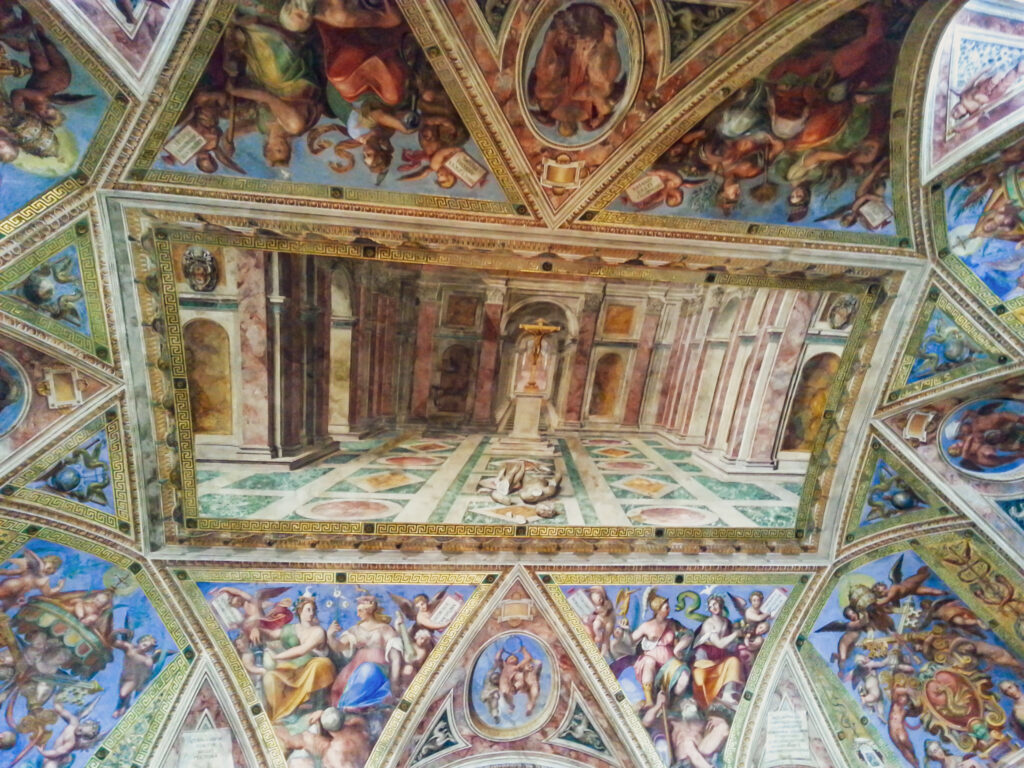
Victor Emmanuel II National Monument
Italy was under influence of the French Revolution in the 19th century. Political leaders wanted to create one Kingdom. The territory of present-day Italy was divided into small kingdoms and counties. After years of conflicts and defeat Victor Emanuel II succeeded. He was appointed as King of Italy in 1861. The only part that was missing was the ecclesiastical state. The Pope was supported by the French until 1870. When the French soldiers were called back to France to fight against the Germans, Victor Emanual won the fight against Pius IX. The Pope withdrew to the Vatican and Emanual won. Italy became a kingdom.
In 1885 they started to construct a monument to honour Victor Emanuel. The building is made out of white marble. Not everyone appreciated the architecture and design for the monument. Some people compared the monument with a wedding cake, a denture and a typing machine. Before the monument is a statue of Victor Emanuel. In front of the statue is the grave of the Unknown Soldier.
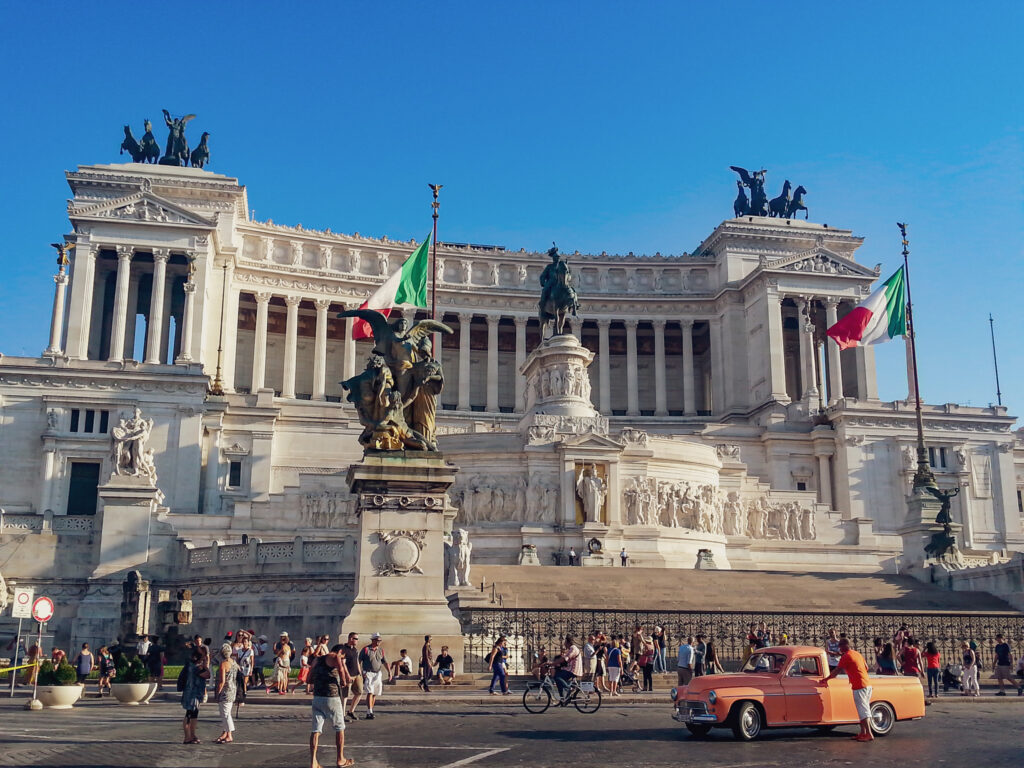
In The World’s Jungle – Travel blog
Monumentals highlights of historical Rome is a part of a series. Discover the monumental highlights in other European cities: Antwerp, Paris, Krakow or Stockholm. Are you interested in architecture? Read the Beginners Guide to Architecture and discover the rich architectural styles of Europe.
Are you not a mood to read much? Go for a virtual picture tour through Rome. Or admire the monuments in Barcelona from your couch.
In The World’s Jungle – Personal Travel Guide
Do you need help setting up an itinerary or are you looking for unique places to stay? I can help you planning your holiday or business trip. Send me a message by filling out the contact form and let me know how I can help you. Read more about the services I offer and get in touch.
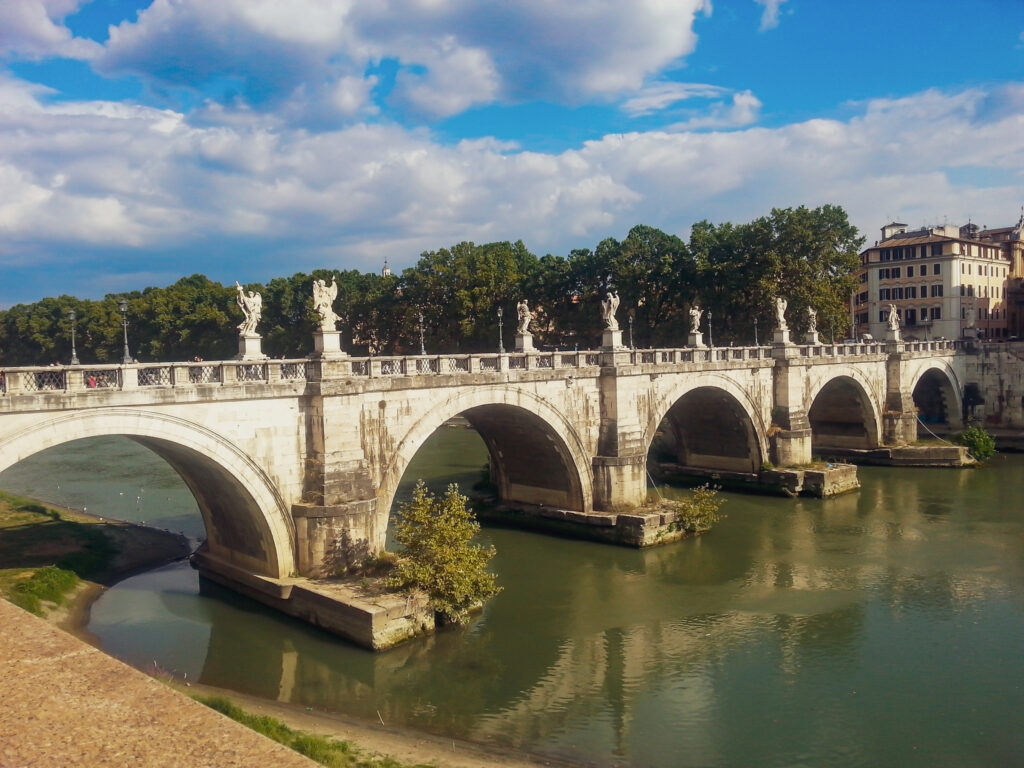
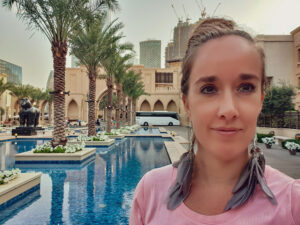
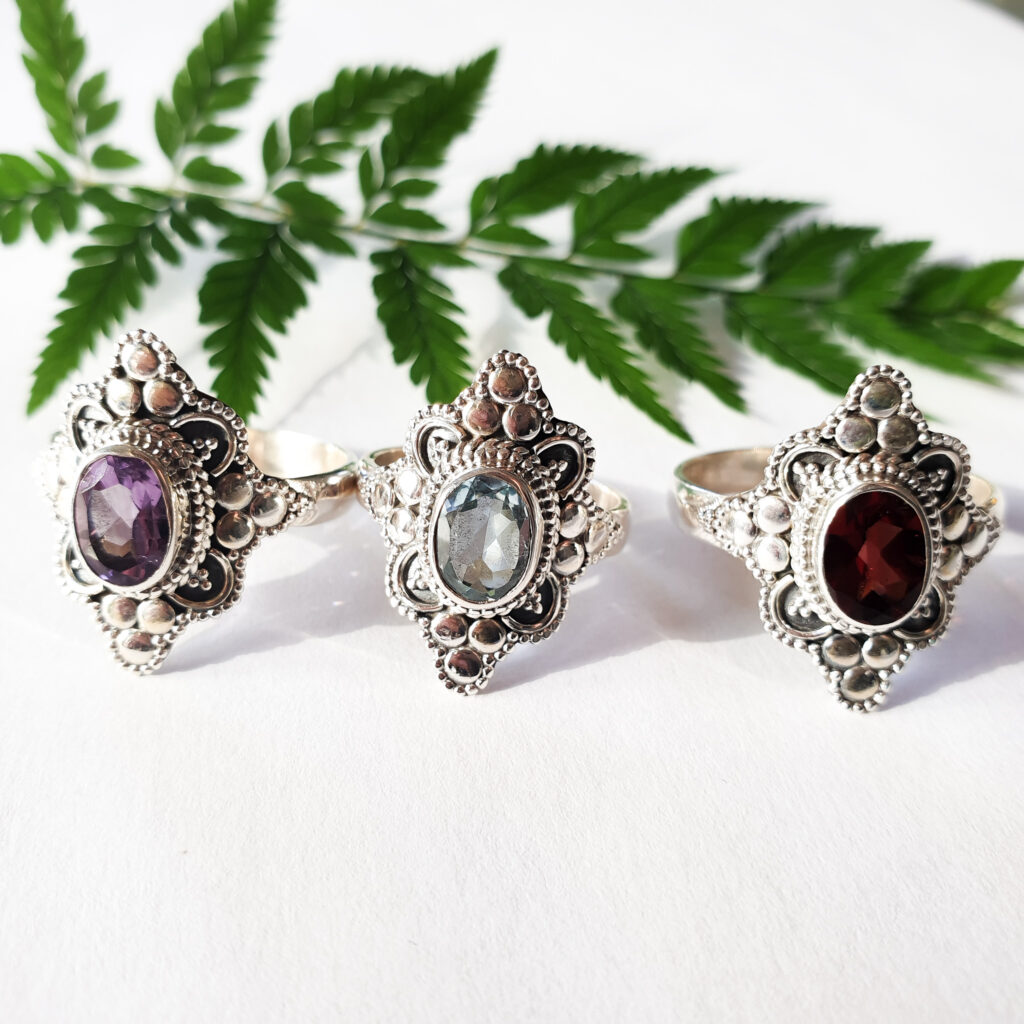
This Post Has 6 Comments
Such a beautiful location! This is just what I needed! Great read. Thanks for sharing!
MagicandBliss | https://magicandbliss.com/
Hola,
Rome is beautiful indeed. Definitly worth a visit.
Adriana
This was an amazing story back through memories of Rome.
Hola,
Good to hear to you liked the post.
Adriana
Great post! This makes me reminisce about my time in Rome years ago and these locations were amazing when I visited ❤️
Hola,
Thank you for the nice compliment. Another thing I remember is the amazing gelato in Rome…
Adriana